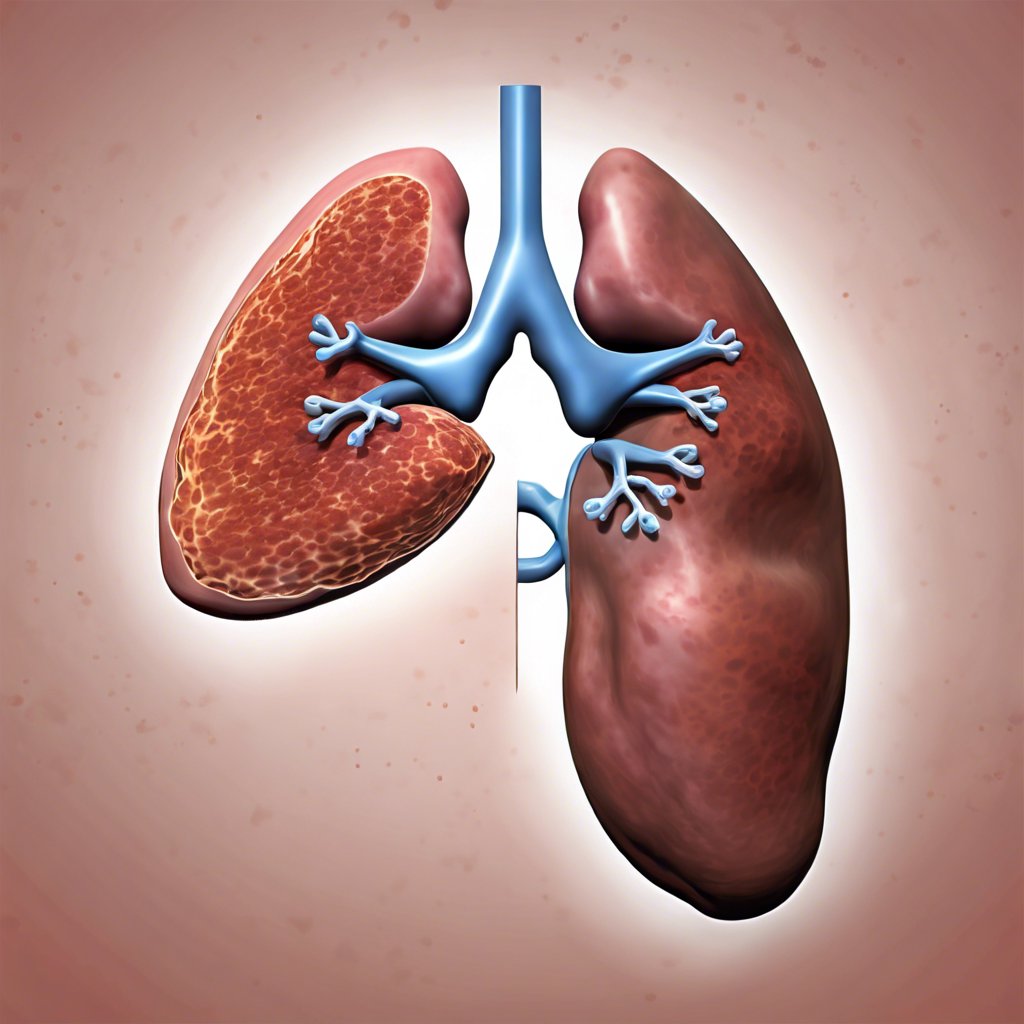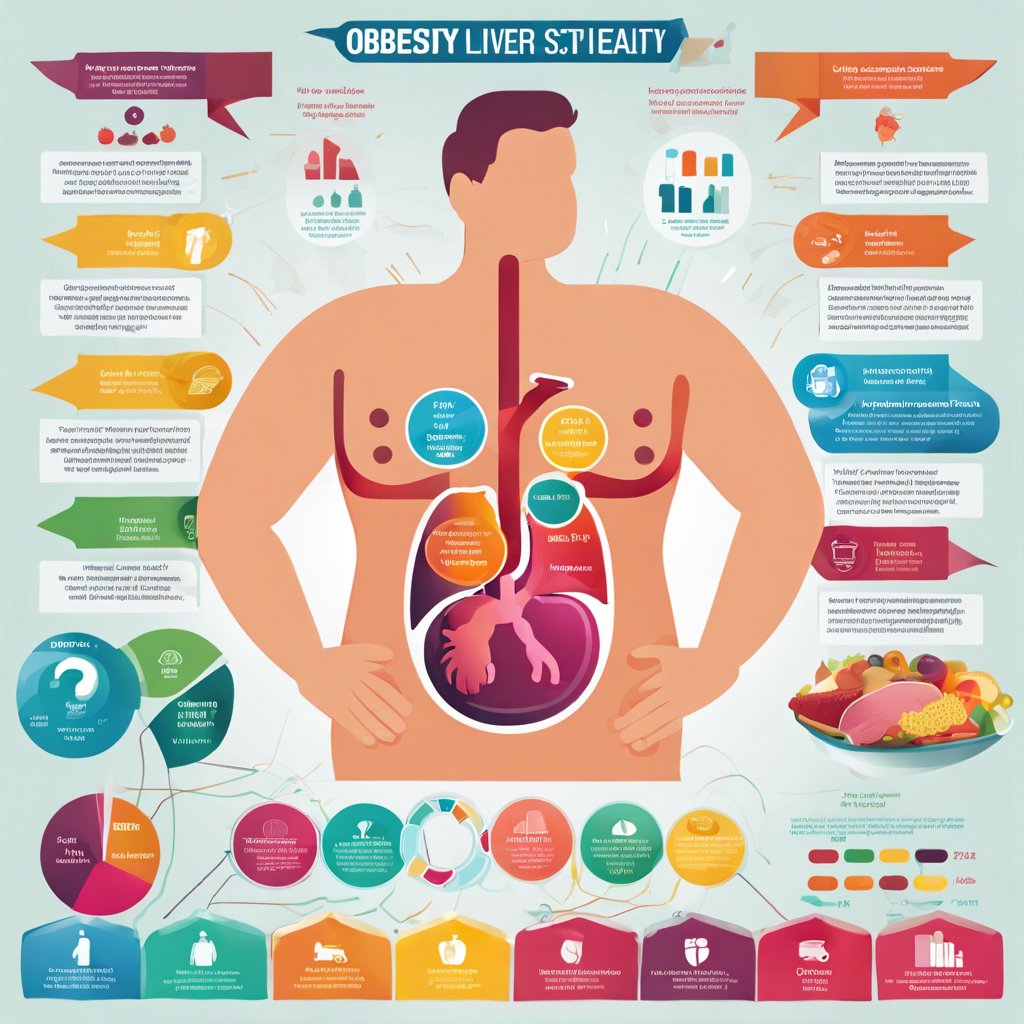Fatty liver disease caused by alcohol or non-alcoholic causes has become an increasingly common health problem today. With the rapid increase in obesity in Turkey and the world, cases of fatty liver disease have also increased significantly. Gastroenterology Specialist Prof. Dr. Meltem Ergün predicts that if this situation continues, fatty liver disease due to obesity will be the most common cause of chronic liver diseases. She emphasizes that in addition to diseases such as diabetes and hypertension, fatty liver disease is more common in overweight individuals, especially those with excess fat in the abdominal area.
“Diabetes is a Major Risk Factor”
Stating that diabetes is one of the main risk factors for the development of fatty liver, Prof. Dr. Ergün provides the following information about other risk factors: “Obesity, especially excess fat accumulated around the abdomen, is among the most important causes of fatty liver. In addition, alcohol use is also one of the factors that lead to serious fatty liver. Nutrition and lifestyle also play a role in the development of this problem. Western-style diets, which are dense with fatty foods, and foods that contain high protein and carbohydrates increase risk factors. In addition, sugary and carbonated drinks also have a significant effect on fattening. On the other hand, Mediterranean-style diets are recommended as an effective nutrition method that prolongs life and reduces the risk of disease.”
It can cause serious health problems when it progresses
If fatty liver continues for a long time, the body starts to react to this situation and attacks the liver cells. Prof. Dr. Ergün explains, “As these attacks become more severe, liver damage and cirrhosis may develop. As cirrhosis progresses, the risk of cancer cells forming in the liver also increases. “After these stages, patients are usually faced with more serious treatment options such as liver transplantation or chemotherapy.”
- Prof. Dr. Ergün states that if the patient has hepatitis, alcohol use or other liver diseases, the risk of cirrhosis will increase exponentially with the fatty liver. For example, it is stated that the probability of cirrhosis can increase significantly with the initial effect of hepatitis B on the liver and then the effect of fatty liver.
It can progress insidiously without causing any symptoms.
Fatty liver disease is usually asymptomatic in its early stages and can progress insidiously for years. However, as the disease progresses, symptoms such as abdominal pain, weakness, fatigue and increased liver enzymes may occur. In later stages, fluid accumulation (ascites and edema) may be observed in the abdomen and legs.
“The severity of steatosis and whether it has progressed to cirrhosis can be determined with this method”
Prof. Dr. Meltem Ergün, who stated that fatty liver can be detected with ultrasound, states that staging is done depending on the situation: “Although the clinical staging of the disease varies, according to imaging performed with ultrasound; In Stage 1, one third of the liver cells are detected as fatty. In Stage 2, approximately half of the cells are fatty. In Stage 3, two thirds of the cells are seen as fatty. “If more fatty liver is detected with ultrasound and this situation continues for years, the risk of transformation to cirrhosis increases.”
- Prof. Dr. Ergün states that the Fibroscan method, which has been used in recent years, provides more detailed information about the severity of the fatty deposits and whether they are progressing to cirrhosis. Fibroscan is a painless and effective method that is performed on the skin, like ultrasound, and takes about 5-10 minutes. It provides important information about the liver structure and can eliminate the need for liver biopsy in many patients.
The severity of fat decreases with the narrowing of the belly circumference
Yeditepe University Kozyatağı Hospital Gastroenterology Specialist Prof. Dr. Meltem Ergün, who stated that the most critical stage of the treatment is weight loss and that the severity of fatness decreases with the decrease in the belly circumference, said, “For this reason, diet and exercise are indispensable elements of the treatment. Walking for 30-45 minutes every day has been shown to be effective in blood pressure, sugar and weight control. However, the continuity of diet and exercise is of great importance. When applied regularly and for a long time, fatness can regress. While the improvement in liver enzymes responds faster to treatment, ultrasonic recovery is slower. Therefore, patients should be patient and not despair.”
- In patients with high liver enzymes, some drug treatments and drugs aimed at breaking insulin resistance have been proven to be effective. In patients with cirrhosis, drug treatments and liver transplantation are used, and in patients with liver cancer, liver transplantation, chemotherapy and embolization are used.















